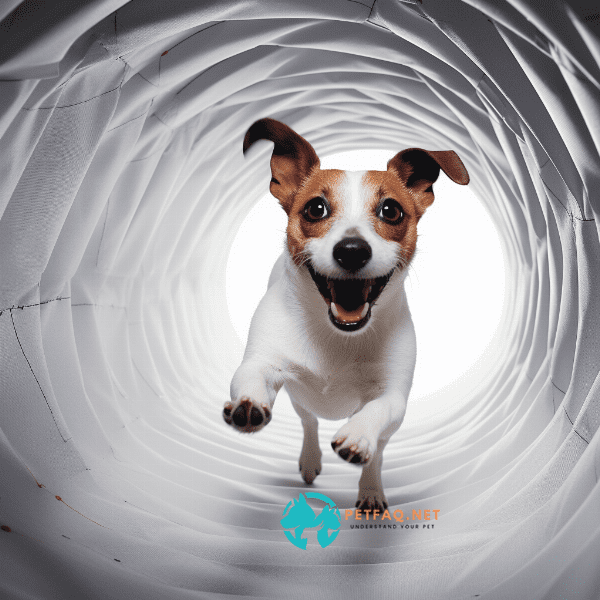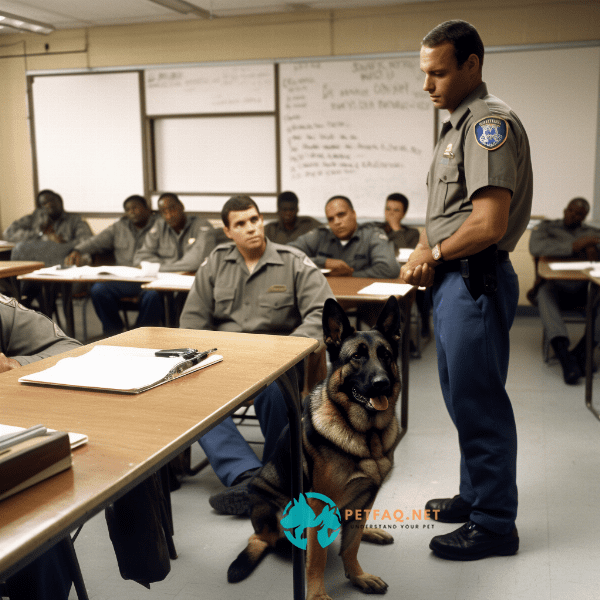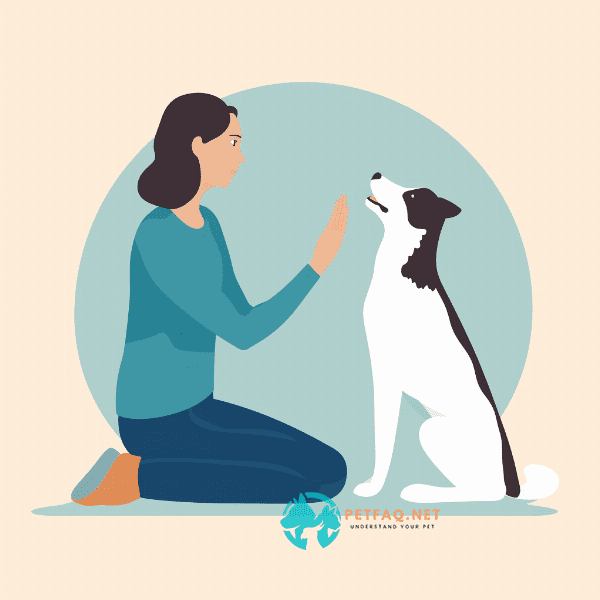Table of Contents
- Understanding the principles of clicker training
- Selecting the right clicker and treats for your dog
- Preparing for clicker training: setting up a training plan
- Teaching basic commands with clicker training: Sit, Stay, Come, etc.
- Using positive reinforcement to reinforce good behavior
- Troubleshooting common clicker training challenges
- Advancing your dog’s skills: tricks, agility, and more
- Maintaining and building on your dog’s clicker training progress
- Clicker training for specific situations: leash walking, socialization, etc.
- Conclusion: the benefits of clicker training for you and your furry friend
Understanding the principles of clicker training
Clicker training is a positive reinforcement technique that is used to train dogs, and it involves the use of a small mechanical device called a clicker. This method of training is based on the principles of operant conditioning, which means that it is designed to shape behavior by reinforcing desirable actions.
The clicker is a small, handheld device that emits a distinct clicking sound when pressed. This sound is used to signal to the dog that they have performed a desired behavior and will be rewarded. This technique works by pairing the sound of the clicker with a positive reinforcement, such as a treat or praise, to create an association between the behavior and the reward.
One of the key principles of clicker training is timing. The click must occur immediately after the desired behavior is performed to create a clear connection between the behavior and the reward. It’s important to note that the clicker is not a command or a lure, but rather a signal to the dog that they have done something right.
Another important principle of clicker training is consistency. It’s important to be consistent in both the use of the clicker and the rewards given to the dog. This means that the clicker should always be used in the same way, and the rewards given should be consistent in quality and quantity.
By understanding these principles of clicker training, dog owners can successfully use this positive reinforcement technique to train their dogs in a variety of behaviors, from basic commands to more complex tasks like agility training.
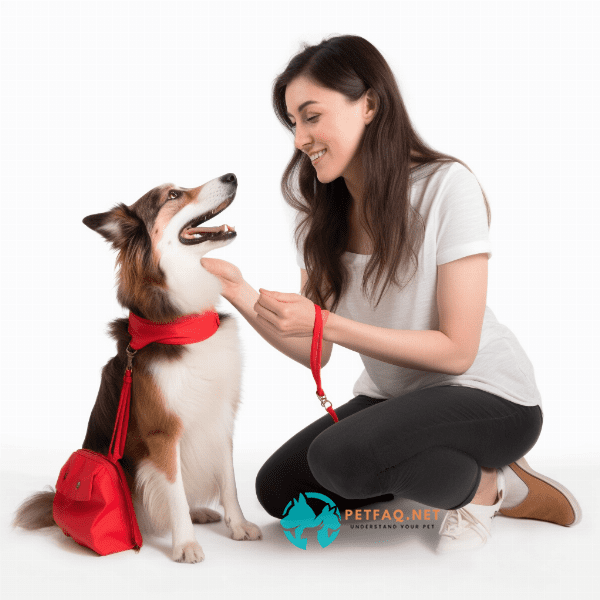
Selecting the right clicker and treats for your dog
Selecting the right clicker and treats for your dog is an important aspect of clicker training. There are many different types of clickers and treats available, so it’s important to choose the ones that will work best for your dog.
When it comes to clickers, there are two main types: box clickers and button clickers. Box clickers are small, handheld devices that produce a distinctive clicking sound when pressed. Button clickers, on the other hand, have a button that is pressed to produce the clicking sound. Both types of clickers work well for training, so it’s largely a matter of personal preference.
When selecting treats for clicker training, it’s important to choose ones that are both tasty and easy to handle. Treats that are too large or difficult to handle can be distracting to the dog and can slow down the training process. Small, soft treats that can be easily broken into small pieces are usually the best choice.
It’s also important to choose treats that are healthy and appropriate for your dog’s diet. Many commercial dog treats contain preservatives and additives that may not be ideal for your dog’s health. Natural, whole-food treats like small pieces of cooked chicken or cheese can be a great option.
By selecting the right clicker and treats for your dog, you can ensure that your clicker training sessions are effective and enjoyable for both you and your furry friend.

Preparing for clicker training: setting up a training plan
Before beginning clicker Training with your dog, it’s important to prepare by setting up a training plan. A training plan will help you stay organized and focused, and will ensure that you and your dog make progress towards your training goals.
The first step in setting up a training plan is to identify your training goals. What behaviors do you want to train your dog to do? Do you want to teach basic commands, like sit and stay, or more complex behaviors, like agility training? Once you have identified your training goals, you can start breaking them down into smaller, more manageable steps.
Next, you’ll want to determine how often and for how long you’ll be conducting training sessions. Consistency is key when it comes to clicker training, so it’s important to set aside time each day to work with your dog. Training sessions should be short and frequent, no more than 10-15 minutes at a time.
It’s also important to choose a quiet, distraction-free location for your training sessions. This will help your dog focus on the task at hand and prevent them from getting distracted by other things in the environment.
Finally, you’ll want to gather all of the necessary supplies for your training sessions, including the clicker, treats, and any other training aids that you’ll be using. Having everything organized and ready to go ahead of time will help ensure that your training sessions run smoothly and efficiently.
By preparing for clicker training with a solid training plan, you can help ensure that your dog is successful and that you achieve your training goals in a timely manner.

Teaching basic commands with clicker training: Sit, Stay, Come, etc.
Clicker training can be a highly effective way to teach your dog basic commands, such as sit, stay, and come. The principles of clicker training make it easy to shape behavior and reinforce positive actions, making it a great option for dogs of all ages and breeds.
To teach come, start by calling your dog’s name, then clicking and rewarding when they turn and come to you. Gradually increase the distance and distractions, clicking and rewarding each time your dog successfully comes to you on command.
With patience, consistency, and the right rewards, you can teach your dog a variety of basic commands using clicker training. By breaking each behavior down into small steps and reinforcing positive actions, you can help your dog become a well-trained and obedient companion.
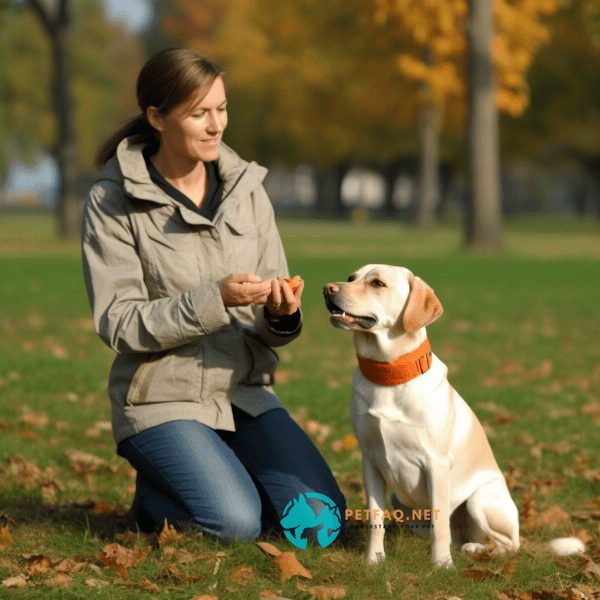
Using positive reinforcement to reinforce good behavior
Positive reinforcement is a key component of Clicker training for dogs. Rather than punishing unwanted behavior, positive reinforcement involves rewarding good behavior, making it a more effective and humane training method.
When using positive reinforcement to reinforce good behavior, it’s important to choose the right rewards. Small, tasty treats work well for many dogs, but some may prefer toys or praise instead. It’s important to experiment with different rewards to find out what motivates your dog the most.
Timing is also important when using positive reinforcement. The reward should be given immediately after the desired behavior is exhibited, so that your dog understands what they are being rewarded for. This helps to reinforce the connection between the behavior and the reward, making it more likely that the behavior will be repeated in the future.
It’s also important to be consistent with your rewards. If your dog is rewarded for a behavior one time but not the next, it can be confusing and make the training process less effective. By consistently rewarding good behavior, you can reinforce positive actions and help your dog become a well-behaved companion.
Overall, using positive reinforcement to reinforce good behavior is a highly effective way to train your dog using clicker training. By choosing the right rewards, timing them correctly, and being consistent, you can help your dog learn new behaviors and become a well-trained and well-behaved companion.
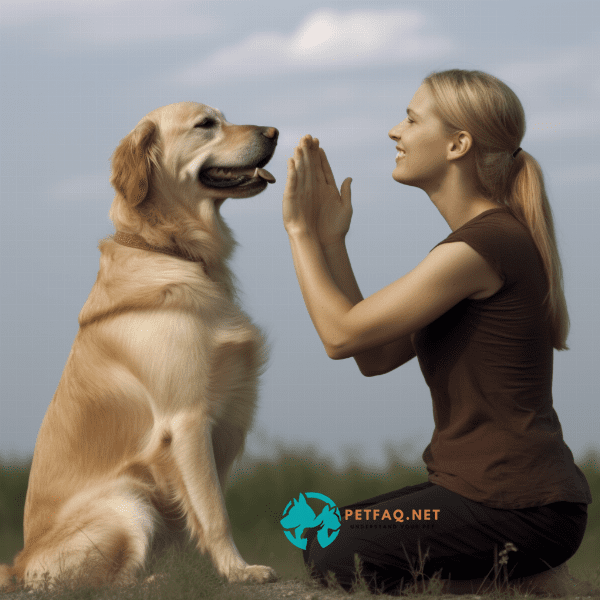
Troubleshooting common clicker training challenges
Clicker training can be a highly effective way to train your dog, but like any training method, it can come with its own unique set of challenges. Fortunately, many of the most common clicker training challenges can be overcome with a little bit of patience and persistence.
One common challenge is getting your dog to understand the connection between the click and the reward. Some dogs may initially be confused by the sound of the clicker, so it’s important to spend time pairing the click with a reward, such as a treat or a toy. Start by clicking and immediately rewarding your dog several times in a row, so that they start to understand that the click is always followed by a reward.
Another common challenge is fading out the use of the clicker once your dog has learned a behavior. To do this, start by clicking and rewarding as usual, but gradually delay the click so that your dog is rewarded for maintaining the behavior without the click. Eventually, you can fade out the clicker altogether and rely on verbal cues or hand signals instead.
Finally, some dogs may become distracted or disinterested during training sessions. To overcome this challenge, try using more engaging rewards, such as high-value treats or a favorite toy. You can also break up training sessions into shorter, more frequent sessions to help keep your dog’s attention and motivation high.
By troubleshooting common clicker training challenges, you can help ensure that your dog is successful and that you achieve your training goals in a timely manner. With patience and persistence, you can help your dog become a well-trained and well-behaved companion using clicker training.
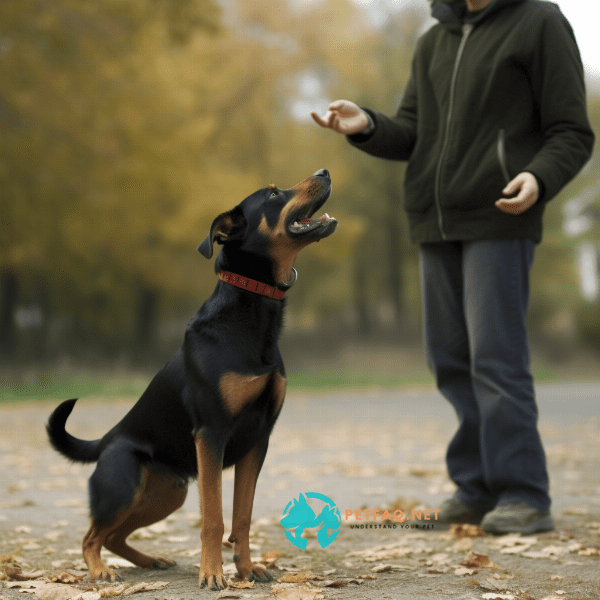
Advancing your dog’s skills: tricks, agility, and more
Once your dog has mastered the basics with clicker training, you can start to advance their skills by teaching them more complex behaviors and activities. Clicker training is a great way to teach your dog a variety of tricks, from rolling over to giving high-fives.
To teach your dog tricks using clicker training, start by breaking each behavior down into small, manageable steps. For example, if you want to teach your dog to roll over, start by clicking and rewarding when your dog lies down on command. Gradually increase the criteria for the behavior, clicking and rewarding each time your dog rolls onto their back.
In addition to teaching tricks, clicker training can also be used to teach your dog agility, which involves navigating an obstacle course. Start by teaching your dog basic agility commands, such as jumping, weaving, and climbing. Once your dog has mastered these basics, you can start to put them together into more complex sequences and courses.
Overall, clicker training is a highly effective way to advance your dog’s skills and teach them new behaviors and activities. By breaking each behavior down into small steps, using positive reinforcement to reinforce good behavior, and being patient and consistent, you can help your dog become a well-trained and well-behaved companion who is capable of a variety of impressive tricks and activities.
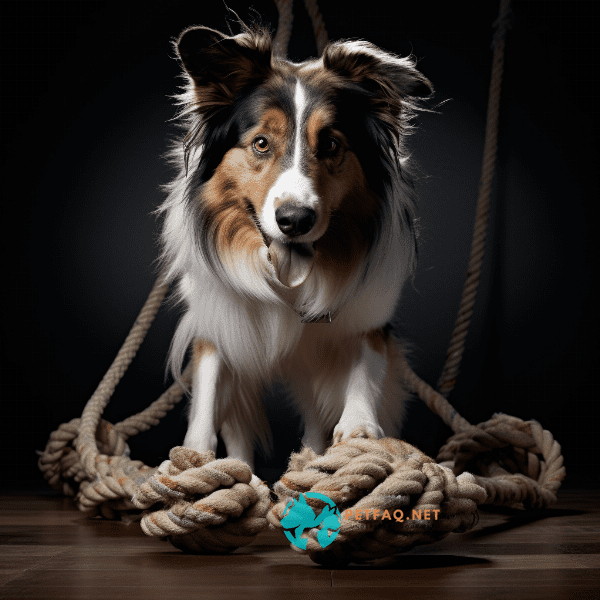
Maintaining and building on your dog’s clicker training progress
Once your dog has learned a variety of behaviors and activities through clicker training, it’s important to maintain and build on their progress over time. Here are some tips for maintaining and building on your dog’s clicker training progress:
1. Consistency is key. Make sure to continue practicing the behaviors your dog has learned on a regular basis, even if it’s just for a few minutes each day. This will help reinforce the behaviors and keep them fresh in your dog’s mind.
2. Continue to challenge your dog. Once your dog has mastered a behavior or activity, start to increase the criteria for the behavior to make it more challenging. This will help keep your dog engaged and motivated, and will also help prevent boredom and frustration.
3. Introduce new behaviors and activities. As your dog becomes more advanced in their training, start to introduce new behaviors and activities to keep things interesting and challenging. This can help build your dog’s confidence and skills, and can also strengthen your bond with your dog.
4. Use clicker training in everyday situations. Clicker training isn’t just for formal training sessions. You can use it in everyday situations to reinforce good behavior and help your dog develop good habits. For example, you can click and reward your dog for sitting calmly when guests arrive, or for walking nicely on a leash.
By maintaining and building on your dog’s clicker training progress, you can help them become a well-trained and well-behaved companion for years to come. With consistency, challenge, and plenty of positive reinforcement, you and your dog can continue to grow and learn together.
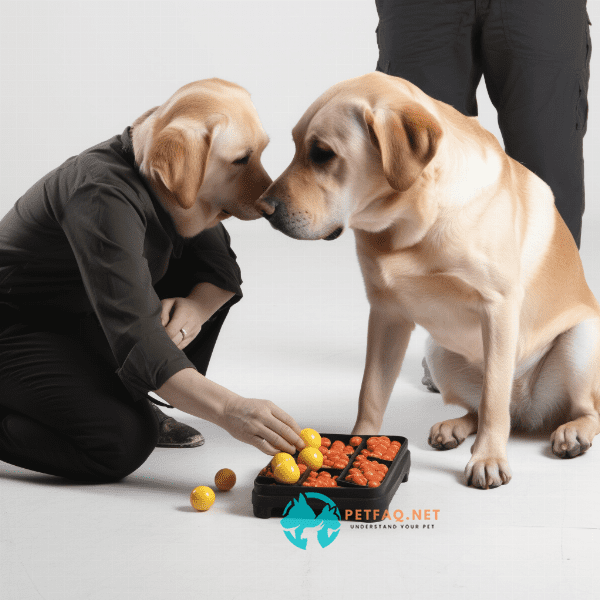
Clicker training for specific situations: leash walking, socialization, etc.
Clicker training can be a useful tool for a variety of specific situations with your dog, such as leash walking, socialization, and more. Here are some tips for using clicker training in specific situations:
1. Leash walking: Clicker training can be a great way to teach your dog to walk calmly on a leash. Start by clicking and rewarding your dog when they walk next to you on a loose leash. Gradually increase the criteria, clicking and rewarding only when your dog walks calmly without pulling.
2. Socialization: Clicker training can also be used to help your dog become more comfortable in new or social situations. Start by introducing your dog to new people and places gradually, clicking and rewarding good behavior and calmness. Over time, your dog will learn to associate new people and places with positive experiences.
3. Separation anxiety: Clicker training can also be useful for dogs with separation anxiety. Start by clicking and rewarding your dog for calm behavior when you’re around, then gradually increase the time you spend away from your dog while continuing to click and reward good behavior.
4. Obedience competitions: Clicker training can be a great way to prepare your dog for obedience competitions. Start by teaching your dog basic obedience commands using clicker training, and then gradually increase the difficulty of the behaviors to prepare for competition.
By using clicker training in specific situations, you can help your dog become more comfortable and confident in a variety of settings, and also prepare them for more advanced training and activities. With patience, consistency, and positive reinforcement, you can help your dog become a well-behaved and well-trained companion for any situation.
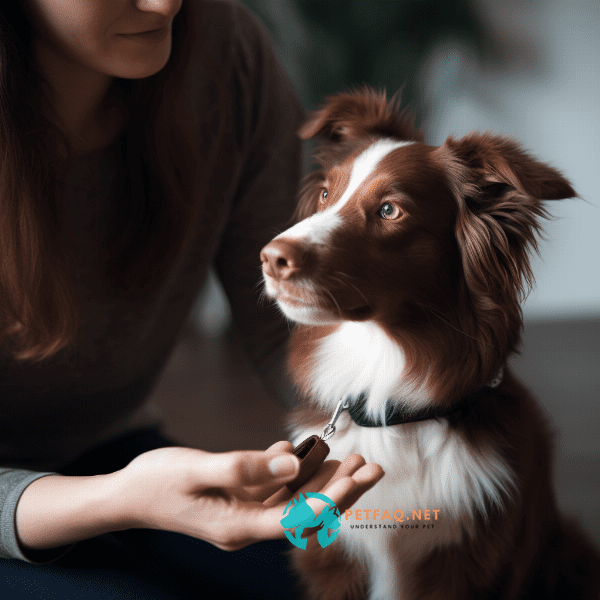
Conclusion: the benefits of clicker training for you and your furry friend
In conclusion, clicker training is a powerful and effective tool for training your furry friend. With its focus on positive reinforcement, clicker training can help you build a strong bond with your dog while also teaching them new skills and behaviors. Here are some of the key benefits of clicker training:
1. It’s effective: Clicker training has been shown to be highly effective in teaching dogs new behaviors and skills. By using positive reinforcement, you can help your dog learn quickly and easily, without resorting to punishment or negative reinforcement.
2. It’s fun: Clicker training can be a fun and rewarding experience for both you and your dog. By using treats, toys, and other rewards, you can make training sessions enjoyable for your dog while also building a stronger bond with them.
3. It’s versatile: Clicker training can be used for a wide range of behaviors and activities, from basic obedience commands to more advanced skills like agility and tricks. This makes it a great tool for pet owners who want to help their dogs develop a wide range of skills and behaviors.
4. It’s humane: Clicker training is a humane and gentle way to train your dog. By focusing on positive reinforcement, you can help your dog learn without causing them any pain or discomfort.
Overall, clicker training is a powerful tool that can help you and your furry friend build a strong bond while also teaching them new skills and behaviors. Whether you’re a new pet owner or an experienced trainer, clicker training is a great way to help your dog reach their full potential.
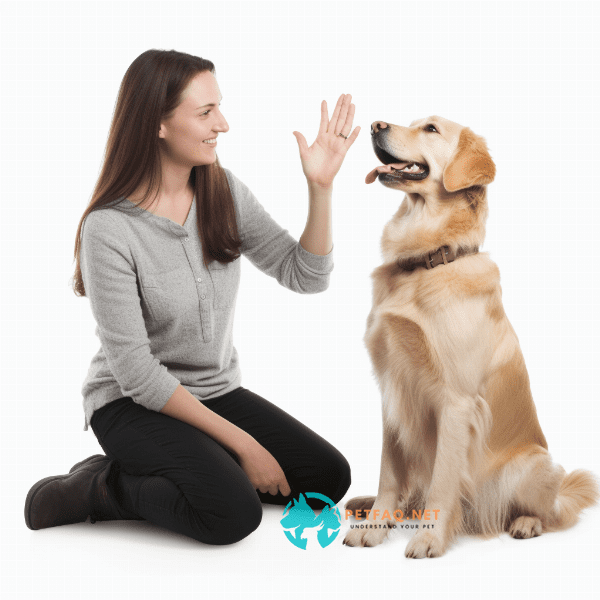
Frequently Asked Questions (FAQs) about Clicker training for dogs:
1. How do I start clicker training my dog?2. Can clicker training be used to correct unwanted behaviors in dogs?
3. What are the benefits of using clicker training for dogs?
4. What kind of equipment do I need for clicker training my dog?
5. How do I choose the right kind of clicker for my dog?

